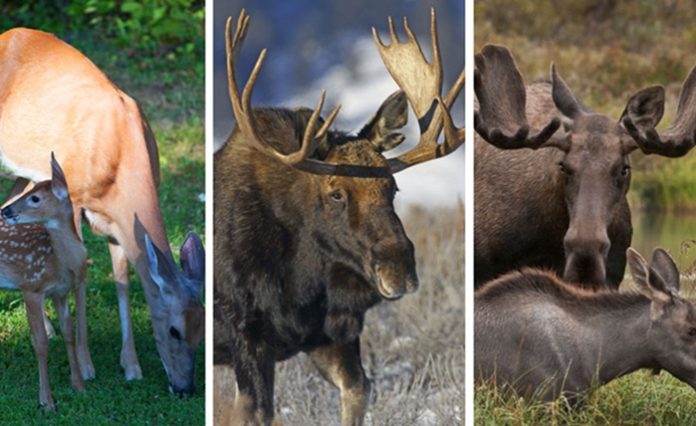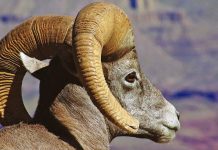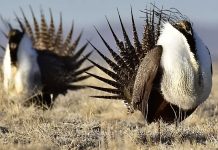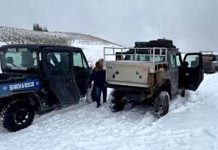
SALT LAKE CITY, Utah, Sept. 30, 2022 (Gephardt Daily) — With the fall hunts underway, state wildlife officials are urging deer hunters to have their harvested deer tested for chronic wasting disease.
CWD is a relatively rare transmissible disease that affects the nervous systems of deer, elk and moose, the state Division of Wildlife Resources says. The disease was first discovered in Utah in 2002 in a buck deer taken during the rifle hunt near Vernal. Currently, 158 mule deer and three elk have tested positive for CWD in Utah.
“We take the presence of CWD in Utah seriously and will continue to do extensive monitoring to stay on top of the disease and its prevalence in the state,” DWR State Wildlife Veterinarian Ginger Stout said in a press release. “We ask that hunters stop at our check stations if they have harvested a deer, within the sampling units, in order to help us with our monitoring of CWD in Utah.”
While the Centers for Disease Control says the risk of transmission from animals to humans is considered extremely low, they recommend not consuming meat from animals infected with chronic wasting disease, the DWR said.
Infected animals develop brain lesions, become emaciated, appear listless and have droopy ears. They may also salivate excessively and eventually die.”
The DWR sets up monitoring checkpoints on all hunting units in the state — on a five-year rotation — in order to sample the deer populations for chronic wasting disease. Hunters who go to the check stations will receive a free CWD test if they harvested a deer on one of the units being sampled this year.
Hunters will need to leave about 6 inches of the animal’s neck and windpipe attached below the jaw so that DWR employees can remove the lymph nodes for sampling.
Hunters can check the DWR website, wildlife.utah.gov, for monitoring and checking station locations.





